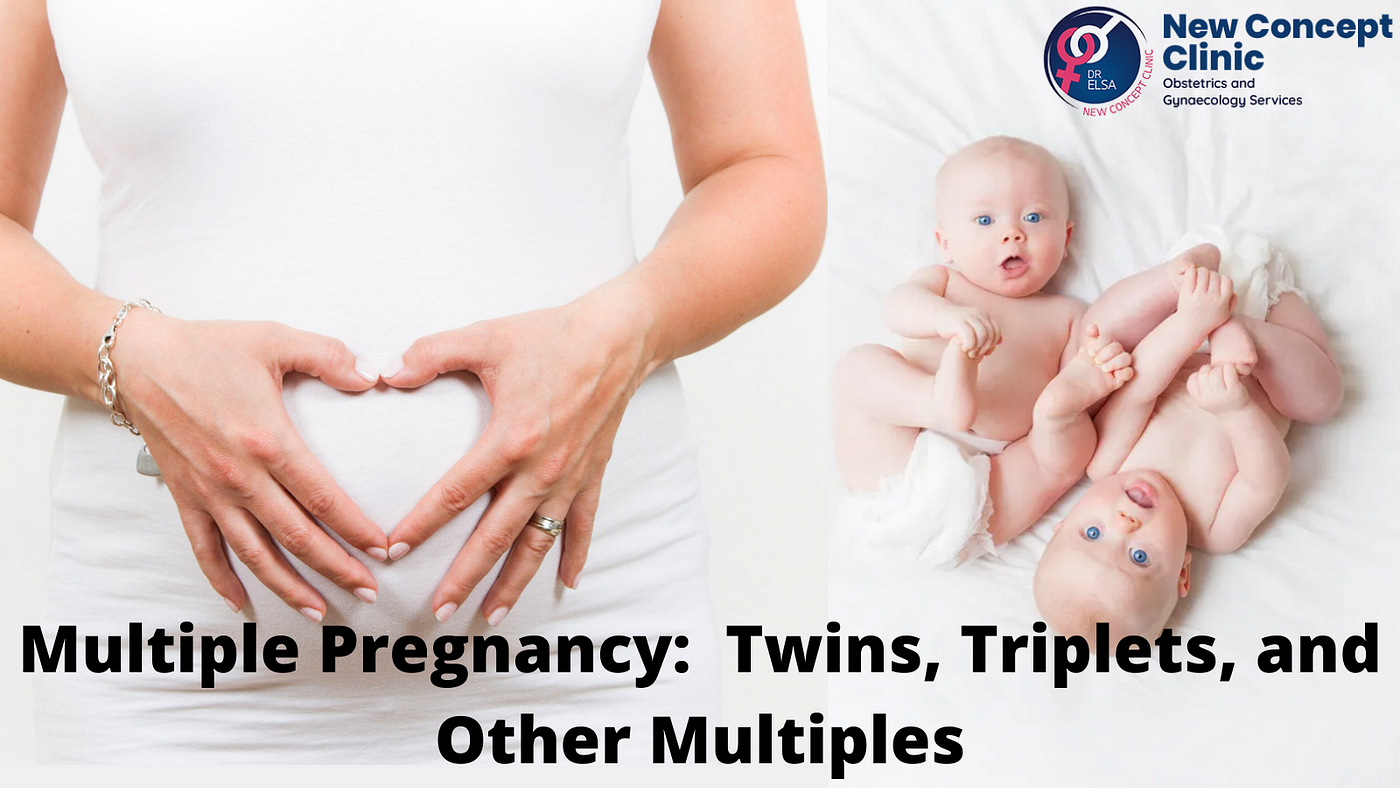
Having multiple births is much more common today than compared to the earlier days. As per the reports, the rate of twins birth has increased by 70%, and the rate of triplet birth, quadruplet, and multiple births has increased even higher. Being pregnant with more than one baby at a time is an exciting and happy event for several couples but to some, it includes increased risks of Early Pregnancy Complications.
You might always be familiar with someone who has twins, but do you know the process of how twins occur? The below-mentioned article is a mini-guide to multiple pregnancies affecting millions of women across the globe. The mini-guide includes the process of occurrence, diagnosis, related complications, types, and others.
Multiple pregnancy or births is a situation when a woman carries more than one infant in her uterus while she is pregnant or the situation when she gives birth to more than one child.
Occurrence of Multiple Pregnancy
The process of multiple pregnancies happens if you release more than one egg during your menstrual cycle and the eggs are fertilized by the sperm. As soon as the eggs are fertilized and split into 2 they result in either identical embryos or fraternal embryos.
Types of Multiple Pregnancy
Multiple pregnancies is classified into different parts like:
- Fraternal twins: The situation occurs when the two separate eggs are fertilized and implanted in the uterus. As the babies share the same uterus they may look similar, different, can be of the same gender, etc.
- Identical twins: Identical twins occur when a single fertilized egg splits into half resulting in babies sharing the same DNA. While babies share the same DNA and are influenced in the environment of the same genes the chances of them having similar characteristics and identical faces go up.
- Triplets or HOMs: Triplets, quadruplets, and other higher-order multiples are considered to be a combination of both identical and fraternal twins.
Diagnosis of Multiple Pregnancy
The diagnosis of multiple pregnancies includes several signs and can also be diagnosed by tests. The signs included in multiple pregnancies are:
- Sudden weight gain
- Severe morning sickness
- Expansion of uterus than regular
Apart from the signs mentioned above, multiple pregnancies can be confirmed by ultrasound usually within the first 12 weeks (first trimester). The ultrasound test also helps identify how many amniotic sacs are there, whether there is 1 placenta or 2, etc.
Complications Related to Multiple Pregnancy
As per Dr. Elsa, Best Consultant of Obstetrician in Dubai the complications involved are of higher risk and it is advised to visit a doctor more often and take extra care for better delivery.
- Preterm birth and labor: One of the greatest risks involved in multiple pregnancies is preterm birth and preterm labor resulting in the premature birth of the child (born before 37 weeks). Preterm birth and labor result in severe complications to both the mother and the child; some of them include trouble breathing, eating, staying warm, fighting infections, etc.
- Birth defects: Multiple pregnancies include several birth defects like a higher risk of congenital abnormalities like spina bifida, heart-related problems, and gastrointestinal, etc.
Anemia: Pregnancy is the time when you need minerals, vitamins, and other nutrients in a higher amount than as compared to normal days. Similarly, a woman with multiple pregnancies is advised to have a nutritious diet than a woman in single pregnancy as multiple pregnancies include a higher risk of anemia.
No comments:
Post a Comment